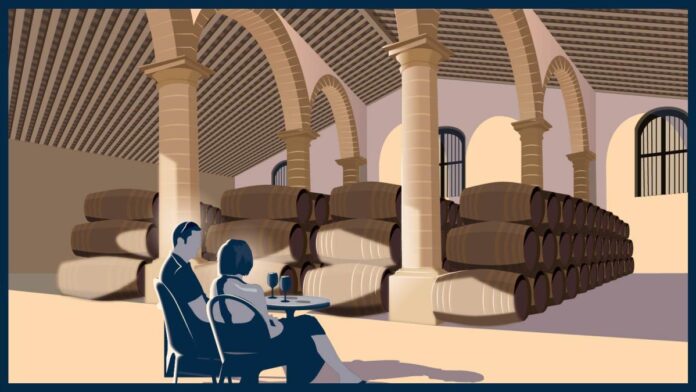A favourite with sherry-seeking day-trippers from Seville and Cadiz, this Andalusian city is too often rushed. But its pick-and-mix architecture (a legacy of Moorish then Christian rule), sun-soaked squares and artsy wine cellars are best appreciated over two or more days. New design-led boutique accommodation has modernised the hotel scene and old-school tapas tabancos rub up against Michelin-starred restaurants. Jerez is evolving, but the popularity of its two biggest exports – sherry and flamenco – remains unchallenged, particularly as the fortified wine shakes off its “just for grannies” image.
● Jerez is small enough to explore on foot, and since there are few English-speaking tours, it’s best to go self-guided. The Plaza de la Asuncion is a patchwork of Renaissance, neoclassical and gothic architecture, including the San Dionisio Church, one of the city’s oldest. Nearby, the grand 17th-century cathedral displays a similar architectural blend (£6; catedraldejerez.es).
● The battlement-topped 12th-century Alcazar is a stunningly preserved example of Almohad architecture built under the Moors. For a drone-like view, ascend the stone tower and watch city life unfold through the 360-degree camera obscura (£6; jerez.es/alcazar).
● The Lola Flores Cultural Centre, a museum dedicated to the celebrated life of the flamenco bailaora, opened in March. It’s a fitting tribute to her talents and passion. The exhibition includes an intriguing collection of personal items, including her wedding dress and bright ruffled bata de cola skirt (£9; jerez.es).
● Follow in Flores’ footsteps and take a flamenco class with local bailaora Patri Manes; her decades of experience and saintly patience ensure you’re in good hands. Learn about flamenco’s Romani roots and influence on Spanish culture before diving into the quick tempo zapateado (£23; airbnb.co.uk/experiences).


